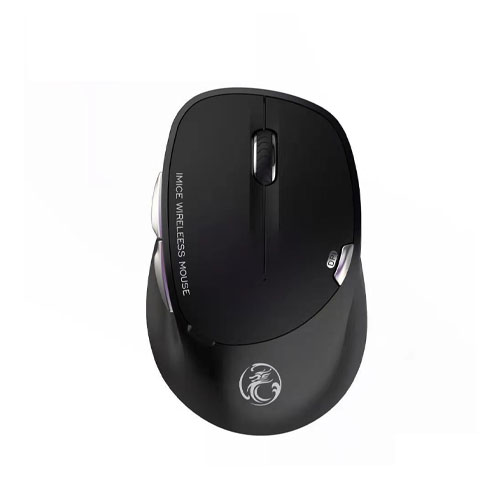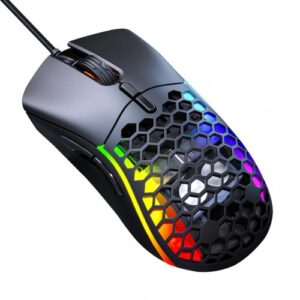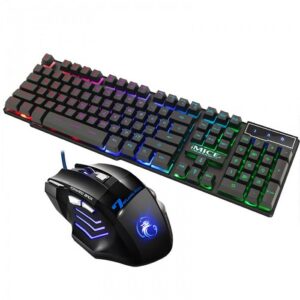Key Features and Specifications
A wireless keyboard serves as a versatile input device that offers a blend of convenience and functionality, making it an essential accessory for both casual users and gaming enthusiasts. One of the standout features of these keyboards is their six distinct types, which cater to different preferences and use cases. Whether one requires a compact design for minimal desk space or a mechanical keyboard for a tactile typing experience, the variety helps users find the perfect match for their needs.
Another critical aspect of wireless keyboards is their adaptable connection options. Many models provide multiple connectivity methods, including Bluetooth and USB receivers, ensuring broad compatibility across various devices. This flexibility empowers users to connect their keyboards seamlessly with computers, tablets, and even smart TVs, broadening their usability beyond traditional applications.
Resolution settings are also paramount in enhancing user experience. Wireless keyboards often feature adjustable resolutions at 800, 1200, and 1600 dpi. Such specifications significantly improve the keyboard’s performance, making it especially beneficial for gaming and typing efficiency. A higher dpi allows for more precise cursor movements on screen, which is vital for gamers who require accuracy during fast-paced gameplay. On the other hand, casual users will appreciate the smooth navigation and faster response times that these settings bring to daily tasks.
Compatibility is yet another critical factor when considering a wireless keyboard. The majority of these devices support a range of operating systems, including Windows XP, Vista, 7, 8, 10, as well as Mac OS X. This wide compatibility ensures that users can employ their wireless keyboards across an array of devices without requiring extensive setup adjustments. Altogether, these key features and specifications elevate the user experience, catering to various needs and preferences.
Physical Specifications and Warranty Information
The physical design of a wireless keyboard is an essential factor contributing to its functionality and aesthetic appeal. Generally, wireless keyboards are crafted with a sleek black finish that adds a modern touch to any workspace. This color not only enhances visual coherence but also effectively minimizes the appearance of dust and fingerprints, enabling the keyboard to maintain its professional look over time. The streamlined design is often complemented by soft-touch keys that offer tactile feedback while typing, promoting a more comfortable and efficient user experience.
Moreover, the layout of a wireless keyboard is meticulously thought out to accommodate various user preferences and needs. Many models incorporate multimedia keys, enhancing efficiency and convenience by allowing quick access to functions such as volume control or media playback. Some keyboards may also feature customizable shortcut keys, which empower users to streamline their workflow, making the device not just a tool for typing but also a versatile accessory for productivity.
In terms of durability, purchasing a wireless keyboard typically comes with warranty coverage, which is an important consideration for potential buyers. Most wireless keyboards offer a warranty period of one year. This warranty generally covers manufacturing defects and ensures that consumers receive support in case of malfunction due to issues beyond user control. Such coverage can provide peace of mind, as it assures customers that they can seek repair or replacement should any issues arise during the warranty period.
Overall, examining the physical specifications and warranty information of a wireless keyboard is crucial for consumers aiming to make an informed purchasing decision. A well-designed, aesthetically pleasing, and durable keyboard not only improves efficiency but also contributes positively to the overall user experience.




